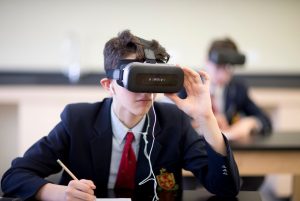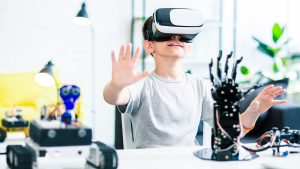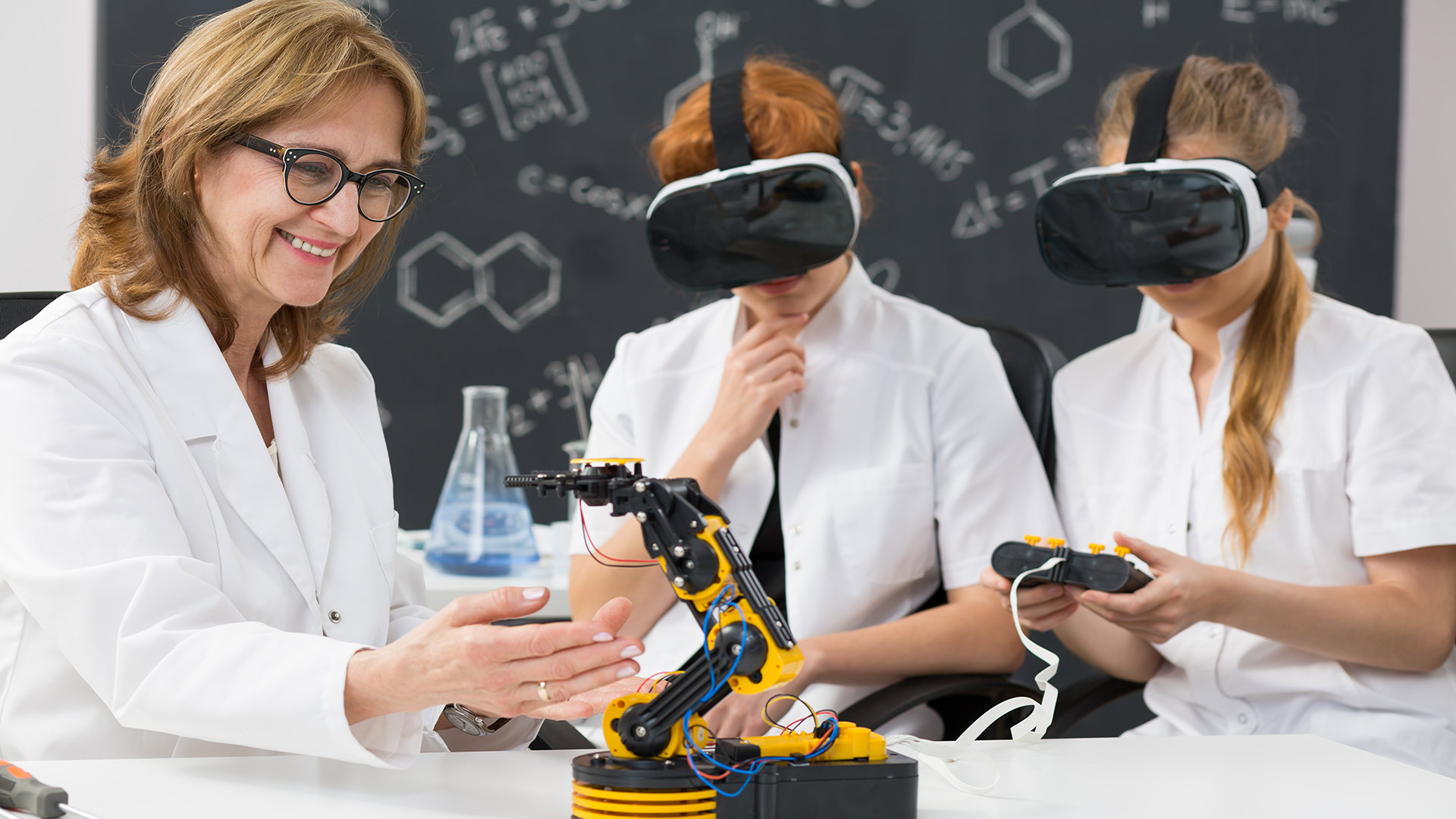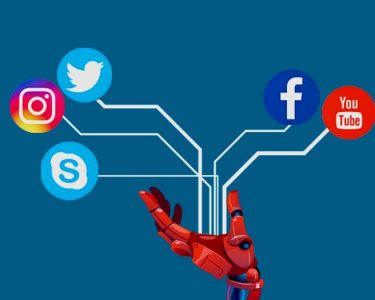As an education technology researcher and enthusiast, I have witnessed the transformative power of virtual reality (VR) in the classroom. This article explores how VR is changing education, enhancing learning experiences, increasing student engagement, and providing immersive training opportunities.
1. Understanding Virtual Reality in Education

Define virtual reality and explain its core components. Discuss how VR creates immersive, interactive experiences by simulating real or imagined environments, and how these capabilities are being leveraged in educational settings.
2. Enhancing Learning Experiences
Examine how VR enhances learning experiences. Discuss the ability of VR to create immersive environments that allow students to explore subjects in ways that traditional methods cannot, such as virtual field trips, historical re-enactments, and science simulations.
3. Increasing Student Engagement
Analyze how VR increases student engagement. Highlight the interactive nature of VR that captures students’ attention and makes learning more enjoyable and memorable. Discuss how gamification and immersive storytelling in VR can motivate students to learn.
4. Providing Immersive Training
Explore the role of VR in providing immersive training. Discuss how VR is used for practical training in fields like medicine, engineering, and aviation, where students can practice skills in a safe, controlled environment without real-world risks.
5. Supporting Special Education
Discuss how VR supports special education. Highlight how VR can be tailored to accommodate different learning styles and needs, providing customized learning experiences for students with disabilities or special educational needs.
6. Facilitating Remote Learning
Examine how VR facilitates remote learning. Discuss how VR can bring a sense of presence and interaction to online education, enabling remote students to participate in virtual classrooms, labs, and group projects as if they were physically present.
7. Encouraging Collaboration and Social Interaction

Analyze how VR encourages collaboration and social interaction. Discuss how VR platforms can host virtual classrooms and collaborative spaces where students can work together, share ideas, and engage in group activities regardless of their physical locations.
8. Challenges and Considerations
Identify the challenges and considerations associated with implementing VR in education. Discuss issues such as cost, accessibility, technological limitations, and the need for teacher training to effectively integrate VR into the curriculum.
9. Future Directions: The Evolution of VR in Education
Conclude with a forward-looking perspective on the future of VR in education. Discuss potential advancements, emerging trends, and the long-term impact of VR on teaching and learning, emphasizing the importance of continuous innovation and investment in educational technology.
Informative Table: Key Applications of VR in Education
| Application | Description | Examples |
| Virtual Field Trips | Students explore locations and environments virtually | Google Expeditions, Discovery VR |
| Historical Re-enactments | Immersive experiences of historical events | TimeLooper, HistoryView |
| Science Simulations | Interactive experiments and simulations | Labster, Anatomyou |
| Medical Training | Safe practice of medical procedures | Osso VR, VR Surgery Simulators |
| Virtual Classrooms | Remote learning in a virtual classroom environment | Engage VR, AltspaceVR |
Comparative Table: Benefits vs. Challenges of VR in Education
| Benefit | Challenge | Impact |
| Enhanced Learning Experiences | High Implementation Costs | More immersive and engaging learning |
| Increased Student Engagement | Accessibility Issues | Improved student motivation and retention |
| Safe Practical Training | Technological Limitations | Risk-free skill development |
| Support for Special Education | Need for Teacher Training | Customized learning experiences |
| Facilitated Remote Learning | Limited Content Availability | More interactive and inclusive remote education |
Transforming Education with Virtual Reality
Virtual reality is revolutionizing education by providing immersive, engaging, and interactive learning experiences. While there are challenges to overcome, such as cost and accessibility, the potential benefits of VR in education are immense. By enhancing learning experiences, increasing student engagement, and offering safe, immersive training, VR is poised to become a crucial tool in the future of education. Continuous innovation, investment, and effective integration of VR technology will be essential to unlock its full potential and transform the way we teach and learn.




